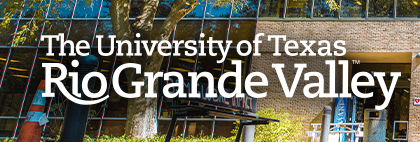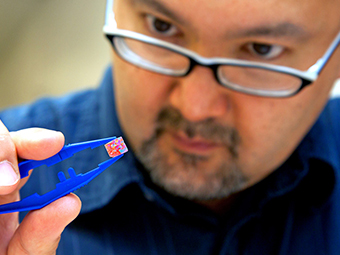Document Type
Article
Publication Date
2021
Abstract
The imposition and lifting of non-pharmaceutical interventions (NPIs) to avert the COVID19 pandemic have gained popularity worldwide and will continue to be enforced until herd immunity is achieved. We developed a linear regression model to ascertain the nexus between the time-varying reproduction number averaged over a time window of six days (Rts) and seven NPIs: contact tracing, quarantine efforts, social distancing and health checks, hand hygiene, wearing of facemasks, lockdown and isolation, and health-related supports. Our analysis suggests that the second wave that emerged in Sri Lanka in early October 2020 continued despite numerous NPIs. The model indicates that the most effective single NPI was lockdown and isolation. Conversely, the least effective individual NPIs were hand hygiene and wearing of facemasks. The model also demonstrates that to mitigate the second wave to a satisfactory level (Rts<1), the best single NPI was the contact tracing with stringent imposition (% of improvement of Rts was 69.43 against the base case). By contrast, the best combination of two NPIs was the lockdown & isolation with health-related supports (% of improvement was 31.92 against the base case). As such, many health authorities worldwide can use this model to successfully strategize the imposition and lifting of NPIs for averting the COVID-19 pandemic.
Recommended Citation
Jayaweera, M., Dannangoda, C., Dilshan, D., Dissanayake, J., Perera, H., Manatunge, J., & Gunawardana, B. (2021). Grappling with COVID-19 by imposing and lifting non-pharmaceutical interventions in Sri Lanka: A modeling perspective. Infectious Disease Modelling, 6, 820–831. https://doi.org/10.1016/j.idm.2021.06.004
Creative Commons License

This work is licensed under a Creative Commons Attribution-NonCommercial-No Derivative Works 4.0 International License.
Publication Title
Infect Dis Model.
DOI
10.1016/j.idm.2021.06.004



Comments
Copyright 2021 The Authors. Publishing services by Elsevier B.V. on behalf of KeAi Communications Co. Ltd.